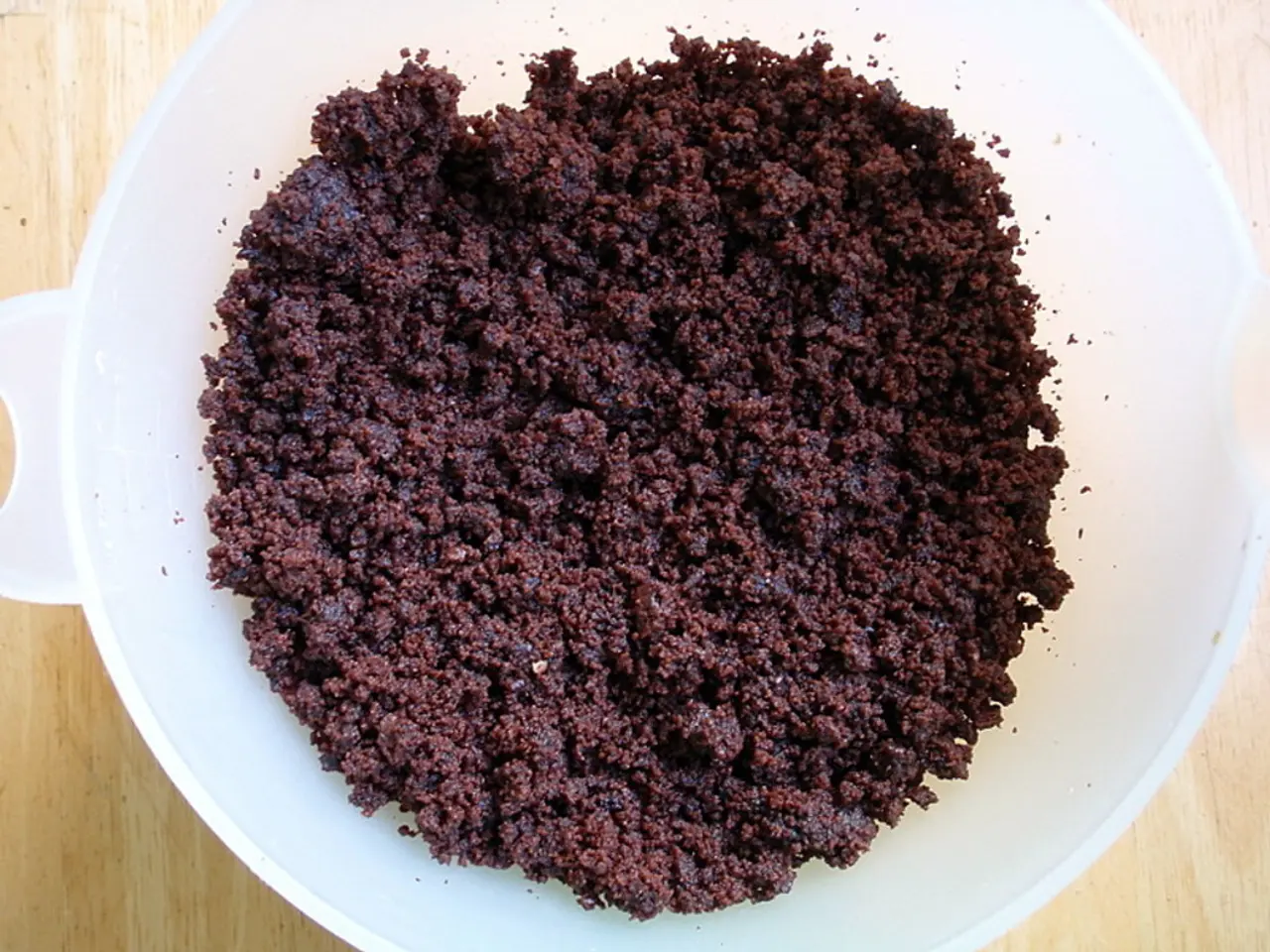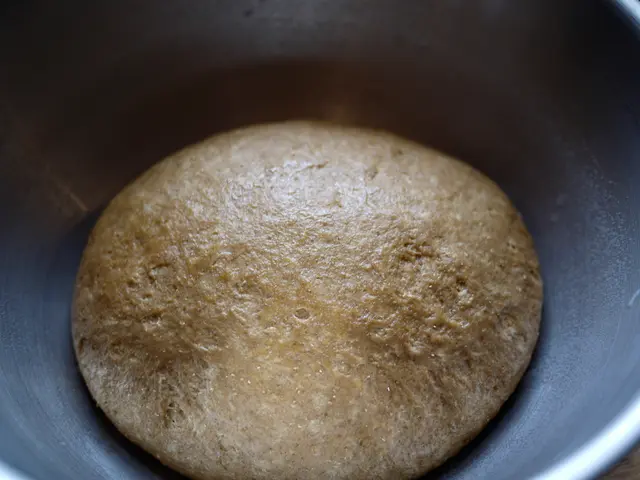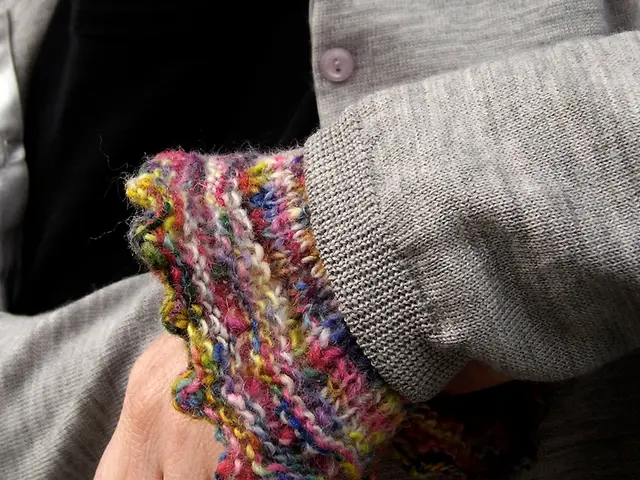Comparing the Symptoms, Origins, and Remedies: Hematochezia vs Melena
Hematochezia and Melena are conditions that involve the presence of blood in the stool, but they originate from different parts of the gastrointestinal (GI) tract.
Hematochezia
Hematochezia, characterised by bright red blood in the stool, most commonly arises from bleeding in the lower GI tract, particularly the rectum and colon [1]. Common causes include:
- Hemorrhoids
- Inflammatory bowel diseases (IBD) such as ulcerative colitis and Crohn’s disease
- Colorectal cancer
- Diverticulosis with or without inflammation (diverticulitis)
- Solitary rectal ulcer syndrome
- Infectious colitis
Colonoscopy is the primary diagnostic tool for evaluating lower GI bleeding causes such as hemorrhoids, colorectal carcinoma, and inflammatory diseases [2]. Treatment approaches vary depending on the cause, ranging from dietary changes and topical treatments for hemorrhoids, to anti-inflammatory or immunosuppressive medications for IBD, and surgery, chemotherapy, or radiation for colorectal cancer [3].
Melena
Melena, black, tarry stools, usually indicates bleeding from the upper GI tract (esophagus, stomach, or duodenum), where blood is partially digested before passing through the intestines [3][4]. Common causes include:
- Peptic ulcer disease (gastric or duodenal ulcers)
- Gastritis
- Esophageal varices or tears
- Upper GI cancers
Upper endoscopy (esophagogastroduodenoscopy, EGD) is used to locate and evaluate bleeding in the upper GI tract. Treatment usually focuses on addressing the underlying cause, such as treating ulcers with proton pump inhibitors or antibiotics if H. pylori positive, and managing varices with endoscopic band ligation and medications [4].
Diagnostic Methods and Symptoms
Both conditions may lead to hypovolemia, a reduction in circulating blood volume, and seeking medical attention when experiencing gastrointestinal bleeding is crucial [2]. Symptoms of hypovolemia include lightheadedness, dizziness, weakness, fast heart rate, low blood pressure after rising from a sitting or lying down position, and thirstiness.
Other symptoms of melena may include anemia, indigestion, abdominal pain, painful swallowing, and vomiting blood. Diagnostic tools for melena may involve nasogastric lavage and endoscopy, in addition to lab tests, CT scan, and nuclear red blood scan [5].
Mallory Weiss tear, a split in the esophageal inner lining, can cause hematochezia, and diagnostic tools for hematochezia may involve a digital rectal exam [5].
Treatment Approaches
Treatment for melena may involve surgery or interventional radiology in severe or persistent bleeding cases [4]. For hematochezia, treatment for colorectal cancer may include surgery, and for diverticulitis, a high fiber diet may be recommended.
In summary, hematochezia usually reflects lower GI bleeding, best evaluated by colonoscopy, whereas melena indicates upper GI bleeding, best evaluated by upper endoscopy. Their treatments are tailored to the bleeding source and cause, ranging from conservative measures to surgery. If significant blood loss has occurred in either condition, treatment may require intravenous fluid administration and blood transfusion.
- A patient with hematochezia may require a colonoscopy to diagnose lower GI bleeding causes, such as colorectal cancer or inflammatory diseases, which might be associated with ulcers in the colon.
- In contrast, a patient with melena might need an upper endoscopy (EGD) to evaluate bleeding in the upper GI tract, as it often indicates ulcer disease, gastritis, or upper GI cancers, possibly related to medical-conditions like peptic ulcers or health-and-wellness concerns such as proper stomach lining health.




